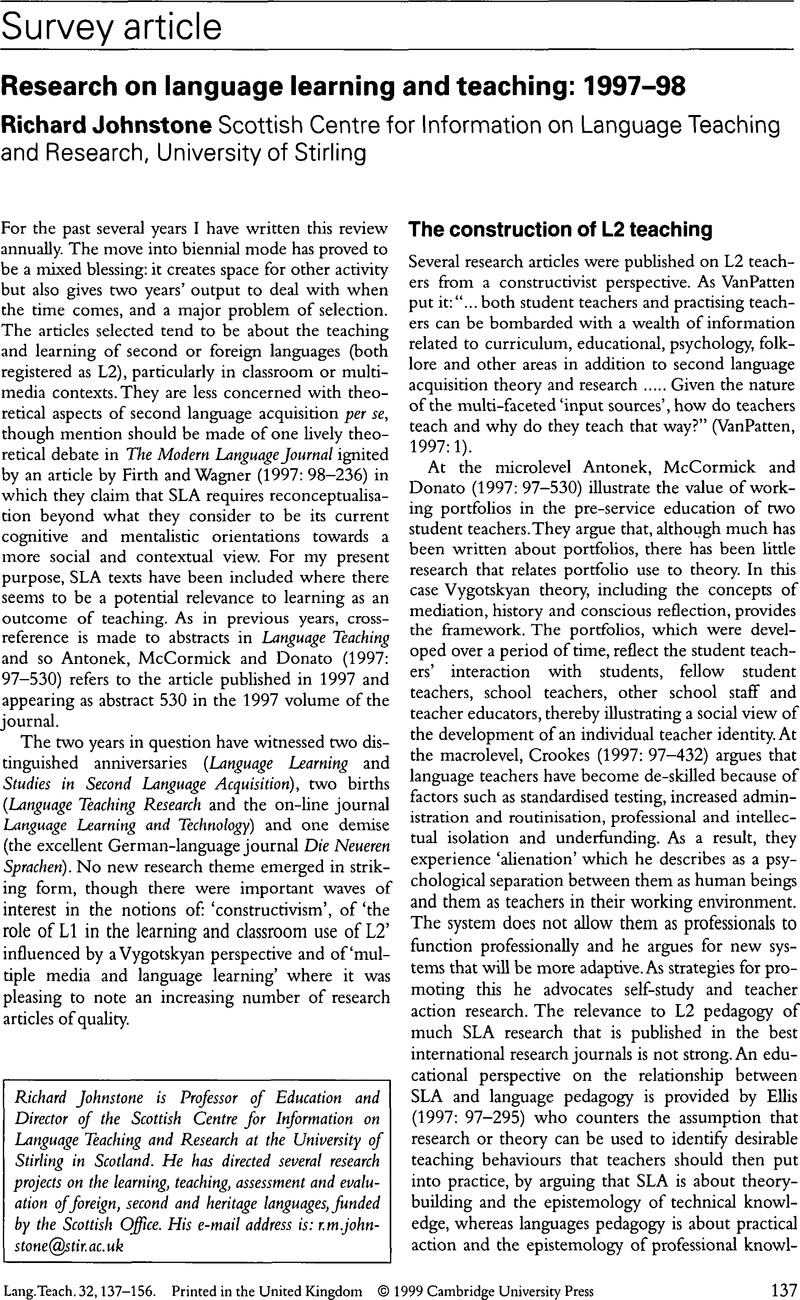Crossref Citations
This article has been cited by the following publications. This list is generated based on data provided by Crossref.
Lafontaine, Marc
2006.
L'utilisation de stratègies d'apprentissage en fonction de la réussite chez des adolescents apprenant l'anglais langue seconde.
The Canadian Modern Language Review,
Vol. 62,
Issue. 4,
p.
533.



